Related Research Articles

John Rogers was an English clergyman, Bible translator and commentator. He guided the development of the Matthew Bible in vernacular English during the reign of Henry VIII and was the first English Protestant executed as a heretic under Mary I, who was determined to restore Roman Catholicism.

The Great Bible of 1539 was the first authorised edition of the Bible in English, authorised by King Henry VIII of England to be read aloud in the church services of the Church of England. The Great Bible was prepared by Myles Coverdale, working under commission of Thomas Cromwell, Secretary to Henry VIII and Vicar General. In 1538, Cromwell directed the clergy to provide "one book of the Bible of the largest volume in English, and the same set up in some convenient place within the said church that ye have care of, whereas your parishioners may most commodiously resort to the same and read it."
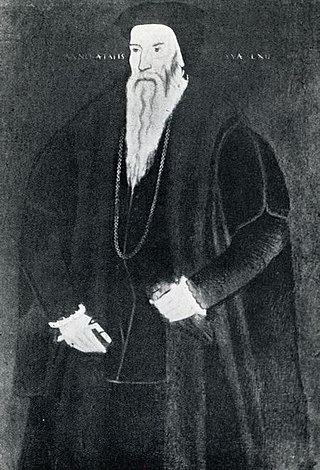
Sir John Seymour, Knight banneret was an English soldier and a courtier who served both Henry VII and Henry VIII. Born into a prominent gentry family, he is best known as the father of Henry VIII's third wife, Jane Seymour, and hence grandfather of king Edward VI of England.

Elizabeth Seymour was a younger daughter of Sir John Seymour of Wulfhall, Wiltshire and Margery Wentworth. Elizabeth and her sister Jane served in the household of Anne Boleyn, the second wife of Henry VIII. The Seymours rose to prominence after the king's attention turned to Jane. In May 1536, Anne Boleyn was accused of treason and adultery, and subsequently executed. On 30 May 1536, eleven days after Anne's execution, Henry VIII and Jane were married. Elizabeth was not included in her sister's household during her brief reign, although she would serve two of Henry VIII's later wives, Anne of Cleves and Catherine Howard. Jane died 24 October 1537, twelve days after giving birth to a healthy son, Edward VI.
Sir William Laxton was a Lord Mayor of London during the reign of Henry VIII, and eight times Master of the Worshipful Company of Grocers. He is the founder of Oundle School.

John Hales was a writer, administrator, and member of parliament during the Tudor period.
Sir Stephen Jenyns was a wool merchant from Wolverhampton, Merchant of the Staple and Master Merchant Taylor who became Lord Mayor of London for the year of the coronation of King Henry VIII. An artistic, architectural and educational patron, he founded Wolverhampton Grammar School, and took a leading part in the rebuilding of the church of St. Andrew Undershaft in the City of London.
Margery Wentworth, also known as Margaret Wentworth, and as both Lady Seymour and Dame Margery Seymour, was the wife of Sir John Seymour and the mother of Queen Jane Seymour, the third wife of King Henry VIII of England. She was the grandmother of King Edward VI of England.
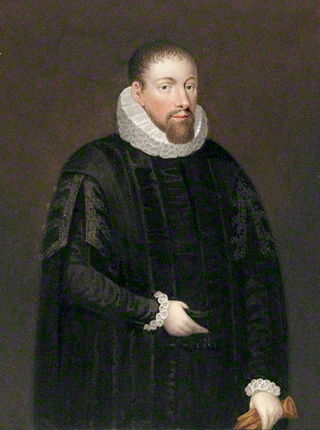
Sir Robert Broke SL was an English judge, politician and legal writer. Although a landowner in rural Shropshire, he made his fortune through more than 20 years' service to the City of London. MP for the City in five parliaments, he served as Speaker of the House of Commons in 1554. He is celebrated as the author of one of the Books of authority. A prominent religious conservative, he founded a notable recusant dynasty. His surname is also rendered Brooke, and occasionally Brook, which are, for modern readers, better indicators of pronunciation.
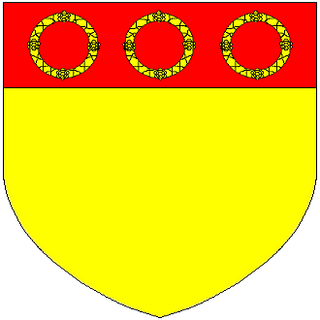
Sir Richard Morrison was an English humanist scholar and diplomat. He was a protégé of Thomas Cromwell, propagandist for Henry VIII, and then ambassador to the German court of Charles V for Edward VI.
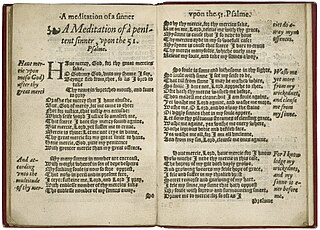
Anne Locke was an English poet, translator and Calvinist religious figure. She has been called the first English author to publish a sonnet sequence, A Meditation of a Penitent Sinner (1560), although authorship of that work has arguably been attributed to Thomas Norton.
Sir John Hynde was an English judge, prominent in the reign of Henry VIII.
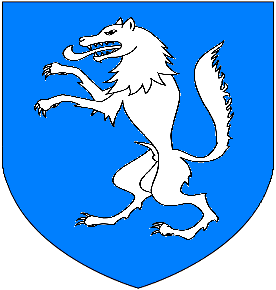
Gabriel Donne or Dunne was an English Cistercian monk and was the last Abbot of Buckfast Abbey in Devon, before the Dissolution of the Monasteries.
Sir Thomas Lodge, was Lord Mayor of London.
John Gwynneth, was a clergyman of Welsh nationality originating from Gwynedd, and was a composer of religious and liturgical vocal music for which he was awarded a doctorate in the University of Oxford. He held benefices in England in Northamptonshire, Bedfordshire and London, and in North Wales at Clynnog Fawr. Although he was a polemicist for the Catholic faith, he maintained his ministry through the reigns of Henry VIII, Edward VI and Queen Mary, and was brother-in-law and executor of Stephen Vaughan. He is principally remembered, from the age of Thomas Tallis, as one of the other exponents of early Tudor period polyphony.

Sir William Denys of Dyrham, Gloucestershire, was a courtier of King Henry VIII and High Sheriff of Gloucestershire in 1518 and 1526. The surname is sometimes transcribed as Dennis.
Sir Ralph Hopton, of Witham, Somerset, was an English courtier and politician. He was the son of a member of the Hopton family and Agnes Haines.
Anthony Hussey, Esquire, was an English merchant and lawyer who was President Judge of the High Court of Admiralty under Henry VIII, before becoming Principal Registrar to the Archbishops of Canterbury from early in the term of Archbishop Cranmer, through the restored Catholic primacy of Cardinal Pole, and into the first months of Archbishop Parker's incumbency, taking a formal part in the latter's consecration. The official registers of these leading figures of the English Reformation period were compiled by him. While sustaining this role, with that of Proctor of the Court of the Arches and other related ecclesiastical offices as a Notary public, he acted abroad as agent and factor for Nicholas Wotton.

Sir James Leyburn, also Laybourne, Labourn, etc., was a senior representative of one of the powerful families within the Barony of Kendal. He was at different times a Justice of the Peace for Westmorland, Escheator for Cumberland and Westmorland, and Commissioner for the survey of the monasteries of Lancashire. He was caught up in the troubles at Kendal during the Pilgrimage of Grace (1536-1537). As an assistant to Sir Thomas Wharton, Deputy Warden of the West March, he took an important part in the Battle of Solway Moss (1542). He was one of the two MPs for Westmorland in 1542 and 1545.
Sir Thomas Offley was a Sheriff of London and Lord Mayor of London during the reign of Queen Mary I of England. A long-serving alderman of London, he was a prominent member of the Worshipful Company of Merchant Taylors, thrice Mayor of the Staple, and a named founding Assistant of the Muscovy Company.
References
 This article incorporates text from a publication now in the public domain : "Vaughan, Stephen". Dictionary of National Biography . London: Smith, Elder & Co. 1885–1900.
This article incorporates text from a publication now in the public domain : "Vaughan, Stephen". Dictionary of National Biography . London: Smith, Elder & Co. 1885–1900.